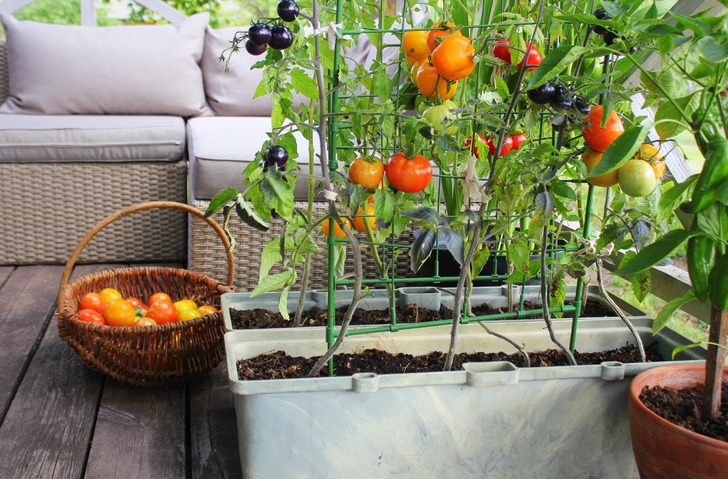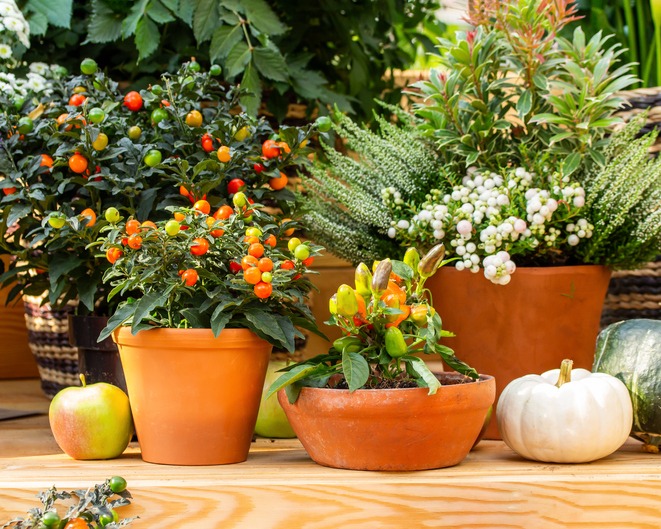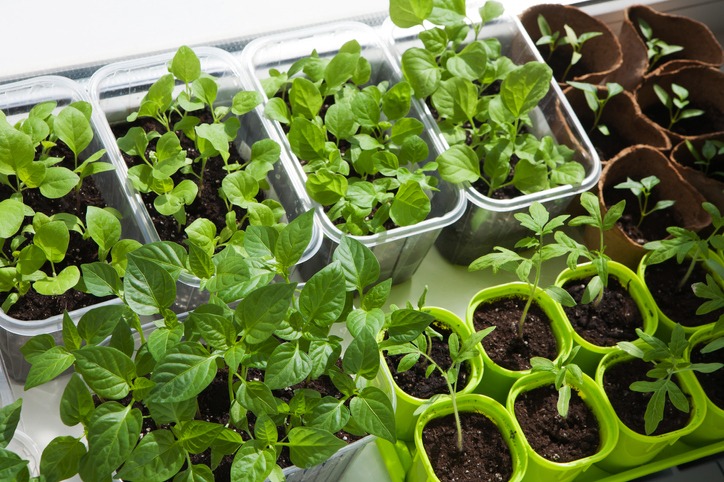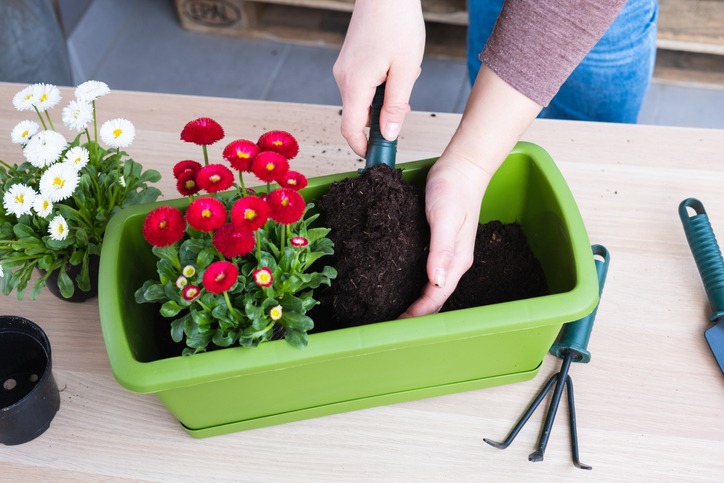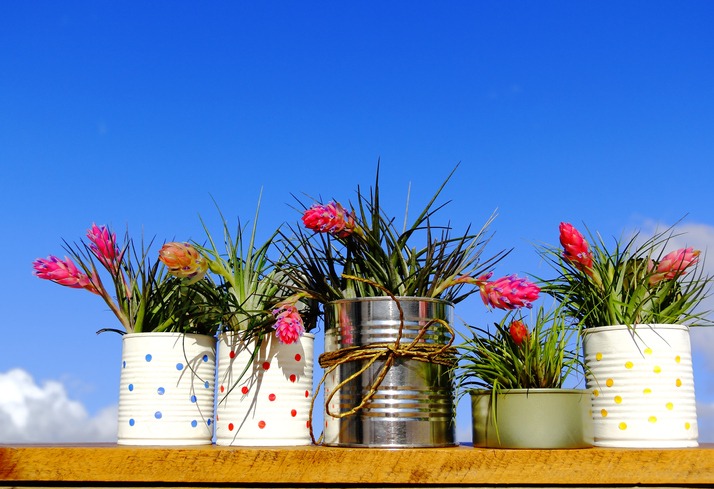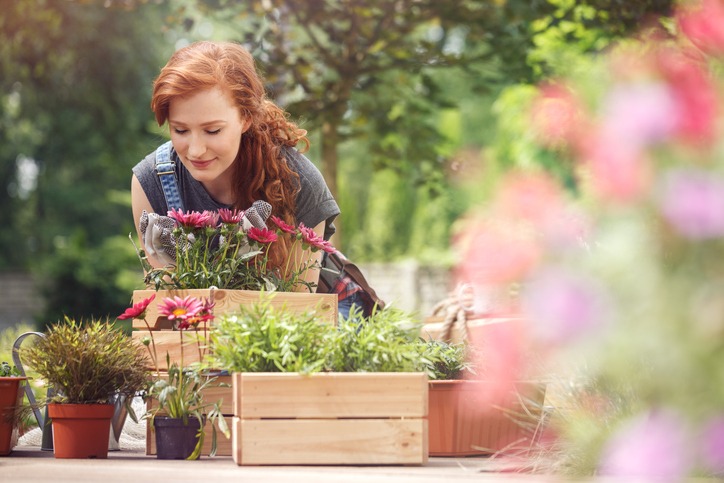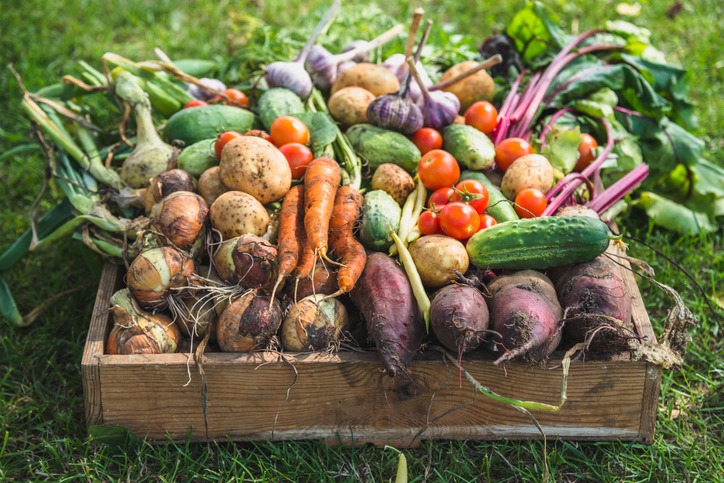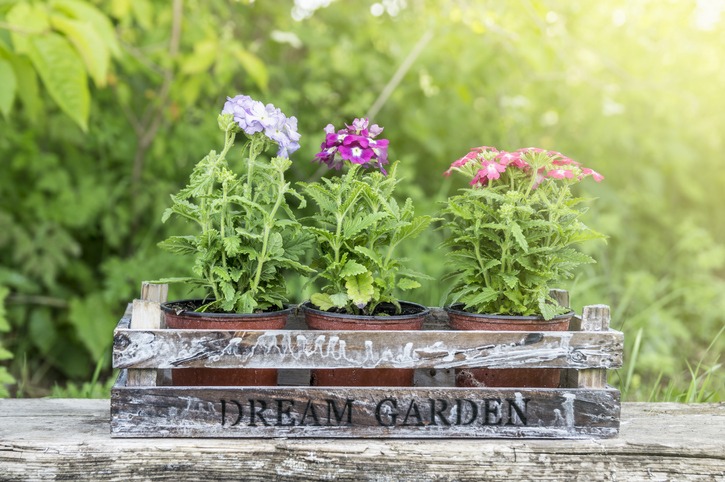If you are looking for a hobby you can do after a long and tiring day at work, then you better try gardening. A lot of people might think that gardening is gradually becoming a dying hobby. Still, little do they know, gardening gained new hobbyists, and people started to discover more things regarding plants and gardening. Gardening had been existing for the longest time we knew about it. People even started to adapt to the environment they currently have. People that don’t have a large space to do gardening, they’ve adapted to do container gardening or pot gardening.
Container Gardening
View this post on Instagram
Container gardening, from the word itself, is the process of growing plants in a container instead of planting them on the ground. Before, container gardening was solely meant for small flowers that you can use as a display inside your house or on the porch. But as times changed, people started using the containers to plant herbs and other plants. Before, you would see traditional pots made out of clay being used for container gardening, but today, people adapted to the use of plastic pots, tin cans, barrels, and some are even using plastic bottles. If you’re planning to start your container gardening journey, there are some small things you can learn to prevent some mistakes in the future.
Brief Knowledge with Containers
Do take note that container gardening can add beauty to your home and at the same time provide you herbs and vegetables you may need. So, if you plan it carefully, you can place the plants properly around your home to add aesthetics. But there’s more to container gardening than just adding aesthetics. Here are some things you can take note of before engaging in this new hobby.
Container Sizes
When deciding on which container to plant, the rule of thumb is, bigger is better. It’s better to know that large containers can hold more soil, thus can stay moist for longer periods. So, during hot, humid summer weather, plants can also keep moisture and avoid drying out. But, do keep in mind that the plant you’ll want to grow will also be a factor when choosing a container. For plants that grow roots in every part of the pot could easily dry out since they require moisture most of the time. So you might want to opt-in to get large pots for these rootbound pots. Getting light-colored pots also helps plants to stay cooler.
Container Drainage
Pots or containers are a vital part of your container gardening journey. But as checking the container drainage is as much as important, since this will prevent plants from drowning from too much water. If you happen to have pots that don’t have holes, you must manually drain them.
Container Material
- Plastic and Tin cans are some of the containers being used today for container gardening. But it’s also good to know which container you should be considering for your plants.
- The traditional clay or terracotta pots are indeed aesthetic, but it tends to breaks easily and can get damaged when affected by freezing temperatures. So, it will not be the best choice for places with colder temperatures.
- Cast concrete lasts longer and has a variety of sizes and styles. The weather wouldn’t hurt this type of container and could be left outside. The downside for this container is how heavy it could get. Without moisture in the soil, it’s still fairly heavy, so after watering the plants, it could get quite heavy to be moved.
- For plastic materials, it’s lightweight and, of course, inexpensive. You can choose from a variety of sizes and shapes. But the main disadvantage is, it could get brittle over time.
- Wood, on the other hand, has a natural-looking vibe indeed. It also protects the roots from a sudden change of temperature. If you’re planning to get this type of material, make sure to find rot-resistant wood like cedar or locust.
- Metal pots or containers are strong and sturdy but could heat up quickly and damage the roots.
Proper Care for your Container Garden
Now that you know the types of containers you can choose from, it’s time to know how to take care of the plants. Primarily, the most obvious one is don’t ever forget to water them. Few things to remember, though, are the following: watering depends on the plant and size of your container, so don’t overwater them, or the plant may die. Don’t let your containers dry; it’ll be difficult to maintain moisture as time goes by.
- Fertilizer is also a must for container gardening since water and sun are not the only things it could keep those plants alive. Regularly feed them with fertilizers at least once or twice a week, but it may still vary with the plant.
- Make sure to keep an eye out on your plants, especially for pests like mites and aphids. Remove any dried-out leaves and deadhead flowers. Make sure they are also getting the right amount of sunlight as well.
Selecting Plants for Containers
Almost any kind of flower, vegetable, shrub, herb, or small tree can grow in a container. Compact and dwarf cultivators are best suited for small pots. However, make sure to select thsoe plants that will perfectly suit the amount of sun its container will receive. If you’re an ardent lover of fragrant plants, such as heliotrope, and are planning to grow them in your backyard, make sure to place their containers at a place that is protected from breezes. This way, their perfume won’t be dispersed.
Use your imagination to the fullest and combine trailing and upright plants, flowers, and edibles for colourful and lively effects. The process of container gardening can be enjoyed for one season or you can make the plants last for several years. For a wholesome and productive container gardening experience, remember these important tips and tricks.
- When designing permanent containers, keep in mind that your plants will be less hardy than ususal. This is because their roots are not deeply engraved within soil and are exposed to different/challenging air temperatures.
- Nonhardy plants must have an extra protection in winters or you can move them to a sheltered place. That’s why, make sure to consider the weight of your container before planting a nonhardy plant.
1. Vegetables and Herbs
You can plant and grow several vegetables in individual containers i.e. from extra large pots to half barrels. The largest container will manage to accommodate a single tomato plant or several smaller vegetables, such as cabbage or broccoli. Bush forms of larger vegetables such as pumpkins, tomatoes, and winter squash are best suited to container gardening.
2. Annuals
For containers which remain presentable during the hot summer days, plant some warm-weather annuals in them. Mostly, such plants come with attractive foliage and can bloom all summer. These include,
- Marigolds
- Geraniums
- Coleus (Solenostemon scutellarioides)
- Scarlet sage (Salvia splendens)
- Flowering tobacco (Nicotiana spp.)
Moreover, you can find such type of plants in seed catalogs and garden centers. Experiment with different plants and if one doesn’t work, cut it down and try something different. Dwarf dahlias and dwarf cannas are more suitable for large containers.
3. Perrenials and Shrubs
Containers planted with hardy shrubs and perennials can be grown significantly and enjoyed every year. In addition to many other perennials, Daylilies and Hostas are some of the great gardening plants. Some of the most common perrenials and shrubs include,
- HTry ferns
- european wild ginger (Asarum europaeum)
- sedges (Carex spp.)
- lavender, lamiums (Lamium maculatum)
- sedums
- lungworts (Pulmonaria spp.
- ornamental grasses
- dwarf conifers
- small shrubs
More Than a Hobby
Remember that even you’re planning to Container Gardening as a hobby, plants are alive and need proper attention. So if you’re not ready to give a specific amount of time, care and effort, you could just end up losing your garden quickly. Do research have the right amount of knowledge about plants and gardening, and you could minimize those mistakes in the future.

